Sheikh Lotfollah was one of prominent Shiite preachers and clergies who came from Jabal Amel in Lebanon to Isfahan.
Shah Abbas supported him and the Sheikh took up residence in Isfahan and the Sheikh Lotfollah mosque was named after him. The mosque was used as a theological school and also as a royal mosque. Construction started in 1602 and it was completed in 1619.
First the portal was built to complete the Maidan, to be a part of great Naghshe Jahan Square and it is said it was used as a private mosque for the Shah and royal family. The plan and layout of the mosque is different from other four Eivans of Iranian mosques.
It is rather a small mosque without a courtyard and minarets, but interior and exterior ornamentations are unbelievable for visitors.
The entrance of the mosque is located opposite of the Ali Qapu palace. As soon as we enter the mosque, we pass through a dim- lit corridor which is connected to the sanctuary of the mosque. The mentioned corridor was built for two purposes. First, when entering the sanctuary our face will be in the direction of Mecca (Qibleh).
Second, light outside the mosque is sharp and strong, but in the main parts (sanctuary) light is dim. Passing through the dim- lit corridor for few seconds, our eyes will be adjusted to dim light and when we enter the main part, we will be able to see the glory and beauty of the mosque as real as possible.
The mosque is famous for calligraphies on tile- mosaic, for excellent patterns and designs of tile- mosaic which has decorated major parts of portal, corridor and the main sanctuary. Splendid blue, yellow and cream colors of tile- mosaics are unique all over the world.

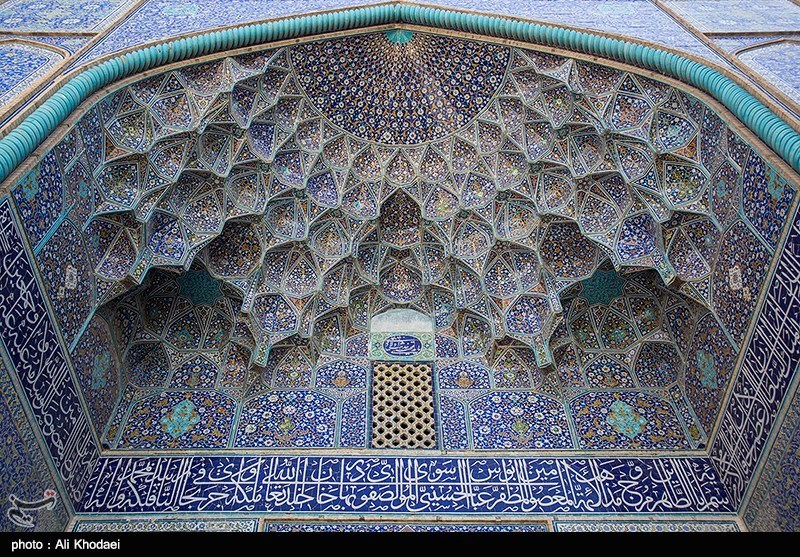
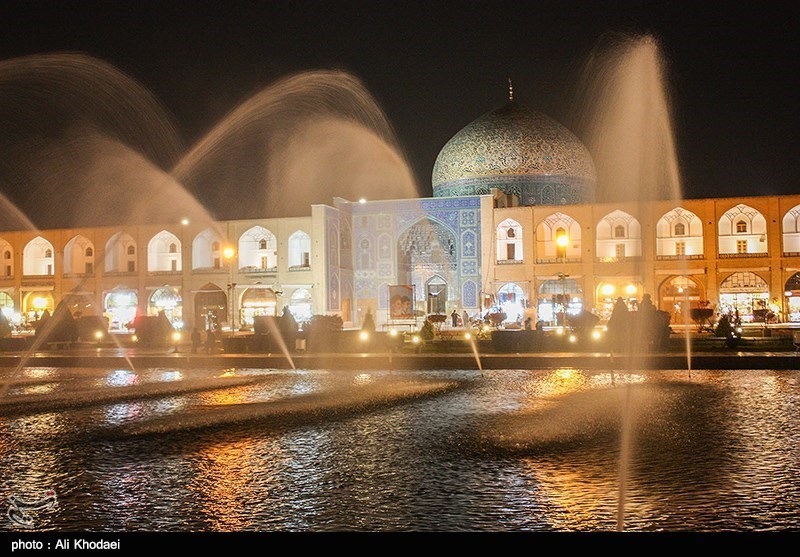
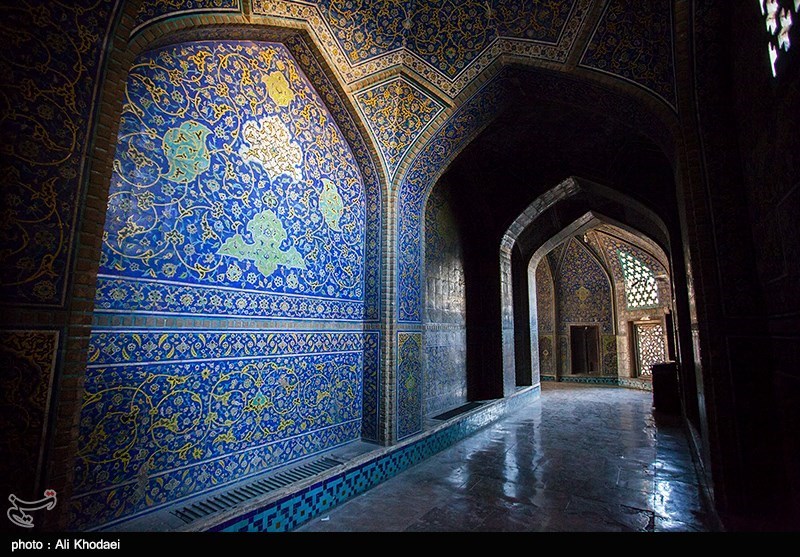
The dome of sanctuary (Prayer Hall) and polychromes of tile and tile mosaic are splendid. The background of tile mosaic designs is unglazed cream colors bricks. The Solth calligraphy of interior and exterior parts is among the best kind in the Islamic world's art and architecture. Calligraphy is written in azure blue with white back- ground.
Ali Reza Abbasi, one of the most famous calligraphers of Iran, has written major parts of the mentioned calligraphy.
The prayer hall was built on a square plan which is converted into a circular base the dome is located on the top of it. The area of the mosque is 1324 square meters, and the dome is 32 meters high and also 12 meters in diameters. There are 16 windows around the lower part of the dome with equal size and shape and equal intervals. These windows reflect daylight to upper parts of dome just like flood-lights.
The prayer- niche of the mosque is decorated with the most delicate tile mosaic. There is a large window located at the north of the mosque, located lower than the drum of dome. This window (aperture) not only circulates the fresh air into the mosque, but also just like flood-light brightens the Mehrab located on the opposite side.
There is a winter gallery (Beit-ol-Shata) under the ground level with 16 huge pillars, and simply decorated with mono-color square tiles and plaster.
There are two small inscriptions in Persian language on two sides of Mehrab's wall, showing the name of the architect, reading "a poor humble man begging the mercy of Allah. Ostad Horrian builder from Isfahan".
The Sheikh Lotfollah mosque is a philosophical complex. Each part of its decoration covers certain religious messages. In fact, books should be written regarding facts and message of the ornamentation.
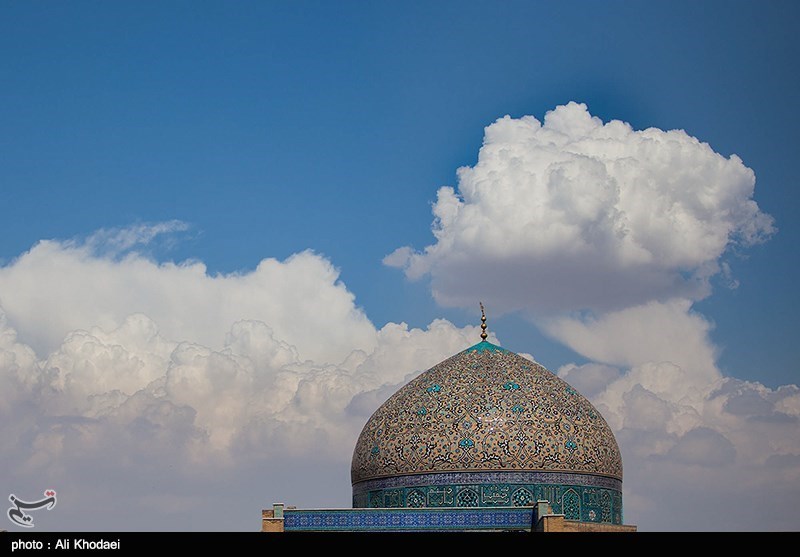

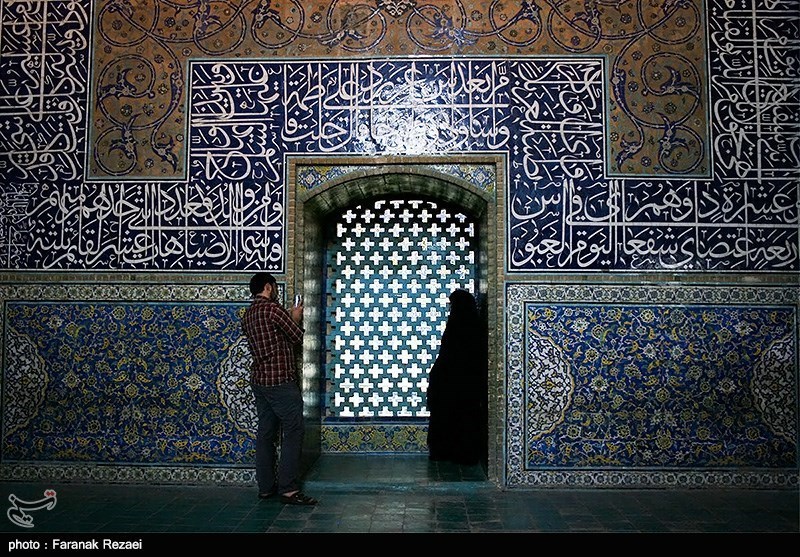


Source: Isfahan.ir